Decades of educational and cognitive research has found that there are 3 fundamental principles of learning. These 3 principles should underpin the approach we take in teaching history in the primary classroom:
1. Students come to the classroom with preconceptions about how the world works. We need to engage primary students' initial understanding.
2. To develop competence in historical inquiry, students must a) have a deep foundation of factual knowledge; b) understand facts and ideas in the context of a conceptual framework, and c) organise knowledge in ways that facilitate retrieval and application.
3. A metacognitive (reflective) approach helps students learn to take control and monitor their learning
This book builds on this research and explores how these principles can be applied in teaching history in the primary classroom.
I highly recommend this book.






 Your new post is loading...
Your new post is loading...



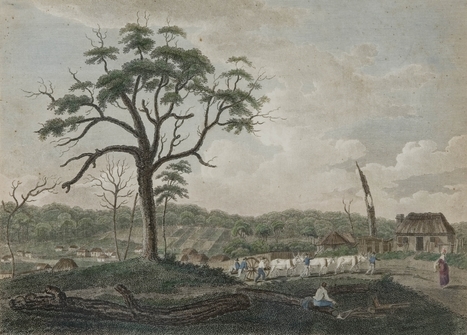


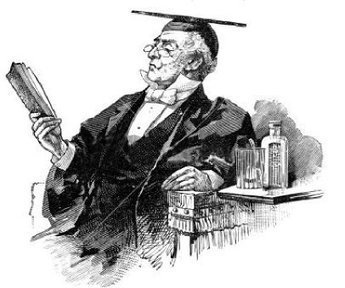

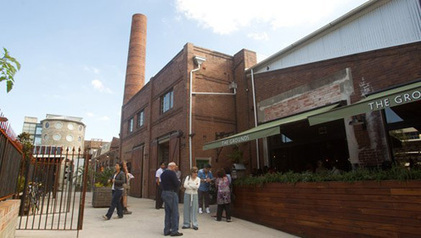
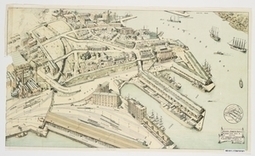
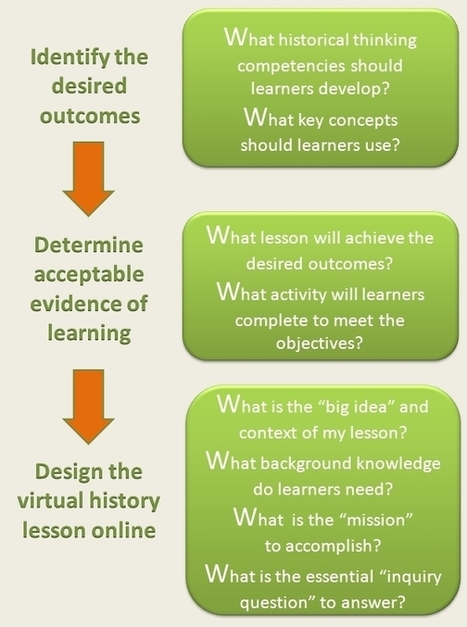


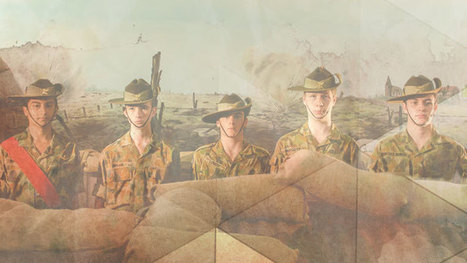
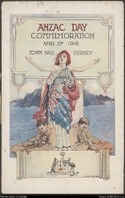

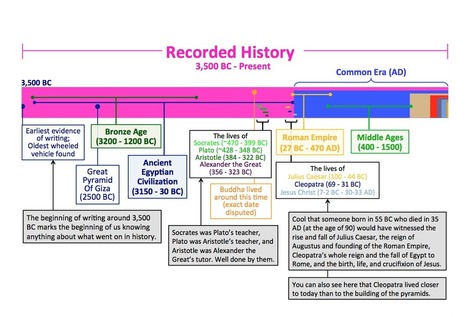
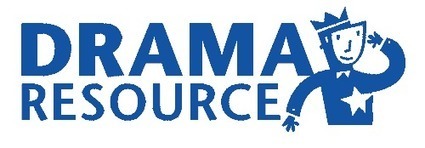
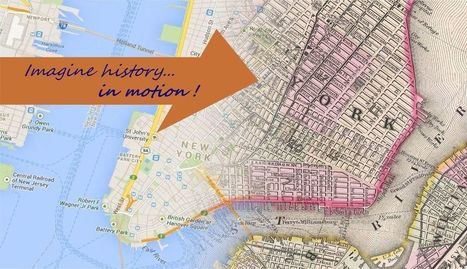





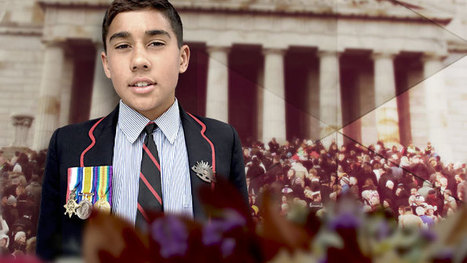









What did Sydney look like in the 1800s? Use this short clip of paintings by Conrad Martens to show significant buildings and land forms of the early colony. Teaching notes accompany the clip.
Paintings are a valuable source of information about a place in the past and can be used to develop historical understanding of concepts such as change and continuity or significance. Use this short clip of Conrad Martens' paintings to show what Sydney was like in the 1830s-1870s.